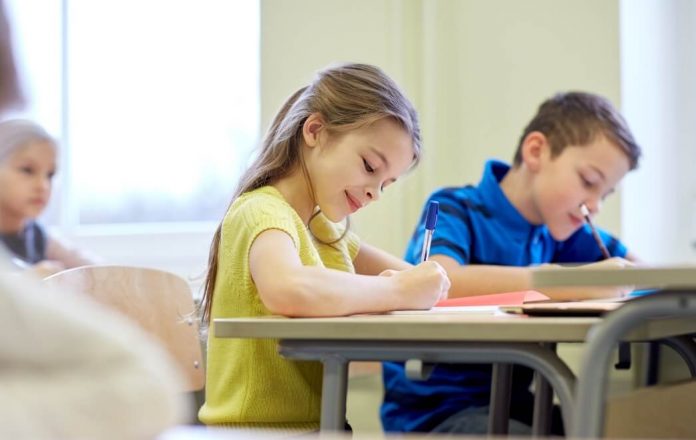
About 50% of schools have poor indoor air quality, which directly contributes to students’ health problems. TR Ganesh, General Manager, Blueair Middle East, offers some top tips for parents and school authorities alike.
As students around the country are attending schools, they’re coming home with the usual issues. No, not full lunchboxes or torn uniforms, but headaches, sniffles, coughs and respiratory infections, and general complaints of tiredness. Apart from treating these problems, it’s worth noting that they are symptoms of a broader issue: air quality in schools.
Many people are not aware of how poor indoor air in schools can be. Consider this: approximately 50% of all schools have inferior indoor air quality, using US data. According to the US Environmental Protection Agency students typically spend about 940 hours in school per year, when they can be exposed to pollutants in the form of tiny particles. These findings are a point of concern for many parents and educators alike – and rightly so.
A growing body of research shows that indoor air quality has a direct impact on student health and performance. With cleaner air, students concentrate better and get higher grades. Absenteeism is reduced with kids less likely to fall sick. Improving indoor air quality not only creates a healthier learning environment – it also has a positive impact on student attention spans and academic performance. Air quality in classrooms and other school public areas therefore becomes a top priority. Here are 10 ways in which parents and students can work with school officials to promote better air quality indoors:
- Ensure good ventilation
Adequate ventilation can provide significant health benefits. Make sure that the ventilation system is in good working order and that filter replacement and cleaning occurs on a regular basis.
- Open a window
Indoor air can be up to five times more polluted than the air outdoors. The WHO estimates that improved natural ventilation reduce lung-related illnesses by up to 20%. It makes sense, then, to open windows as the weather cools – or even for a short while on summer mornings. Sometimes simple solutions are the most effective.
- Reduce the use of carpets
Reduce or remove carpets in public areas and around the school because they trap harmful particles and allergens including bacteria, mould, pollen and dust mites.
- Vacuum frequently
Regular vacuuming and frequent washing of textiles ensures that dust and allergens are eliminated before they have a chance to build up, doing away with potential hay fever and asthma issues.
- Avoid unnecessary chemicals
It is tempting to reach for powerful solutions for a thorough cleaning – but these are often packed with harmful chemicals. Use natural cleaning products instead.
- Avoid harmful gases
Schools are often painted and renovated over the holidays, so ensure interiors are well ventilated in such cases. In addition, make sure that building materials, paints, and soaps don’t contain formaldehyde, phthalates or triclosan.
- Bring the outdoors in
A minor investment in plants is an excellent way to promote overall health. Green plants such as English ivy and peace lilies are recommended by NASA as the best to eliminate airborne pollutants.
- Avoid plastics
Scientists have recently flagged up the impact of atmospheric microplastics. Therefore, it makes sense to avoid plastic materials within the school, as these can release tiny plastic particles that children inhale.
- Use an air purifier
A small but easy step to take is to place high-performance air purifiers in classrooms. When choosing an air purifier, pick one rated for 99.97% for removal of dust, bacteria, virus and other common air pollutants.
- Implement car-free areas
In a hot country such as the UAE, parents can be forgiven for waiting as close to the school gates as possible. However, simply asking them to stop their cars idling while waiting can go a long way to reducing air pollution within the area.
Every parent wants to do everything they can to keep their child happy and healthy with a view to giving them a bright future. Although parents can control the indoor air quality in their homes, making improvements to the air that they breathe at school can help set a child up for success during the school year and providing a healthy, comfortable environment is an investment in the future of a child.




































